



 |
 |
 |
 |
||||||||||
|
A
CONQUISTA ( The Conquest )
|
|||
| LUIZA
|
|||
O
CAPITÃO ( The Captain )
|
|||
* * * THE THEATRE PLAYS
E’
FIM RODRIGO ( It’s End Rodrigo )
|
|||||
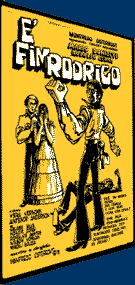 |
|||||
A
CALDEIRA DO DIABO ( The Devils Pan ) |
|||
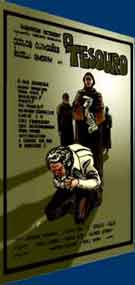 |
O
TESOURO ( The Treasure ) |
||||
*
* * MOTION PICTURES GALLERY: “THE
PICTURE”
TORMENTA
NO MACUNJE' (Storm over Macunje') |
|||
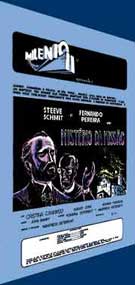 |
O
MISTERIO DA MISSAO (Mystery at the Cloister)
|
|||||
 |
||||||
 |
||||||
 |
||||||
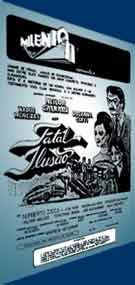 |
FATAL
ILUSAO (Fatal Illusion)
|
|||||
 |
||||||
 |
||||||
 |
||||||
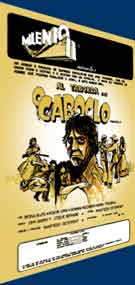 |
O
CABOCLO ( The Half breed )
|
|||||
 |
||||||
 |
||||||
 |
||||||
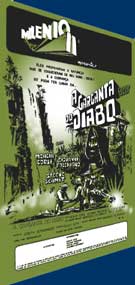 |
A
GARGANTA DO DIABO (The
Devils Throat)
|
|||||
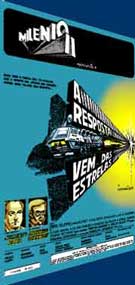 |
A
RESPOSTA VEM DAS ESTRELAS (The Answer comes from the Stars)
*
* * NEW ENTRIES GO TO: "NEWS"
|
|||||
 |
||||||
 |
||||||
 |
||||||